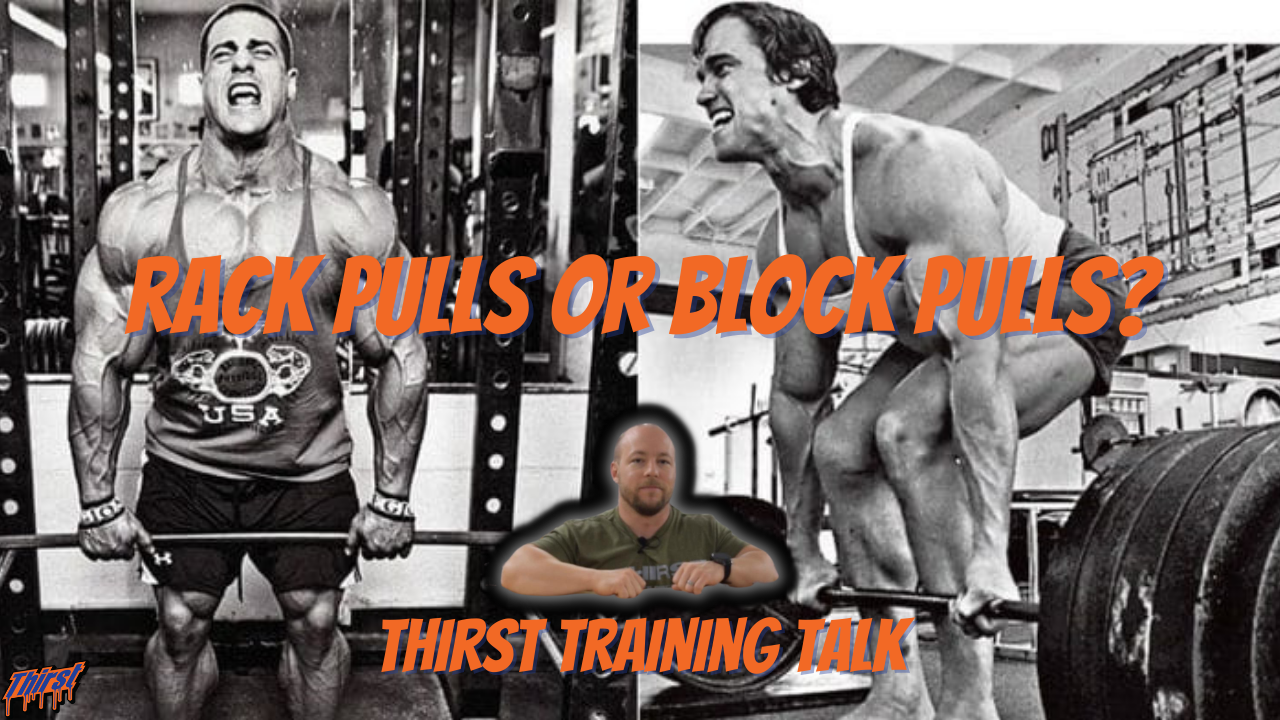Tags: BackBlock PullsBodybuildingCoachingConjugateCoreDave TateDeadliftEducationFitnessGlutesHamstringsHealthIndianaLouie SimmonsLower BodyPersonal TrainerPersonal TrainingPowerPowerbuildingPowerliftingRack PullSports Performance TrainingStrength and ConditioningSumoTerre HauteTerre Haute Intensity Resistance and Sports TrainingTHIRSTTHIRST GymTrainingTrapsVideo
Share this post








